The Secret of the Sequel: The Second Movie
September 6, 2015
[Image courtesy of storyhobby.com]
From Batman vs Superman Dawn of Justice to Independence Day 2 and Zoolander 2, we have many sequels to look forward to in the next year. That’s not to mention Alice Through the Looking Glass and – of course – the all female team of Ghostbusters; all with different takes, new directions and just a little of the past. However, before these movies have even released their trailers, so many of them have already been deemed as poor. Yet, I think that the only way to find out for sure is to wait.
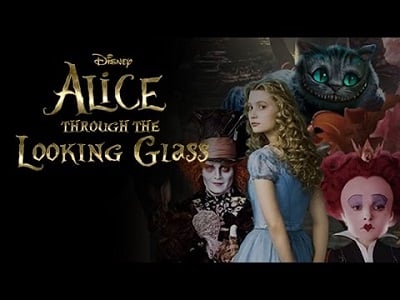
So, while we do, let’s explore what a sequel should or can be. On the one hand, sequels could be seen as easy to make – the first movie has already set up the world and the characters. A sequel can end or save the franchise, so it needs to be bigger and better, or does it? The first movie is usually a three act story arch that wraps up nicely at the end. So where can the story go in the sequel? A sequel already exists in the shadow of the first film, and so it is likely that audience expectations will be high. Take Jaws 2 (1978) – it lives in the shadow of the first ever summer blockbuster, yet still manages to be one of the most successful sequels of all time. Siskel and Ebert asked “what more can you do with a story about a shark eating tourists?” Yet, they were still able to squeeze out two more sequels: Jaws 3D & Jaws Ravage.
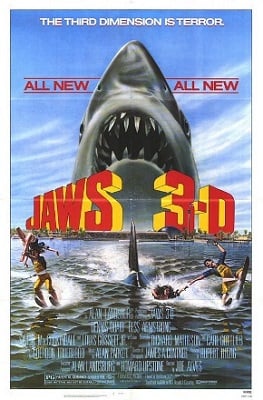
[Image courtesy of wikipedia.com]
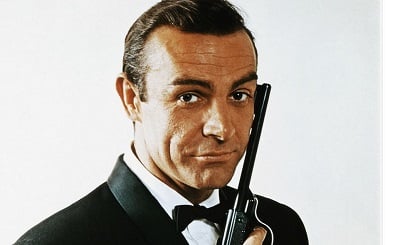
[Image courtesy of broforce.wikia.com]
When a sequel is presented to us we instinctively compare it to the first movie, and ask whether it is better. Yet, we are unable to make an objective judgement, given the fact that we have already seen the first film and so it will always be in our memories as a point of reference. The question should really be: “was I entertained?” Next year looks like a good year to extend the stories we all enjoyed the first time around, and I hope we can all look forward to them and not be so quick to dismiss.
Peter Aldred
Filed under: Film, TV & Tech
Tagged with: change, films, Lord of the Rings, Mission Impossible, movies, sequels, Terminator
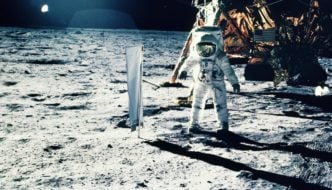
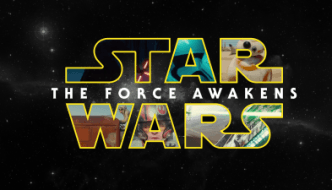
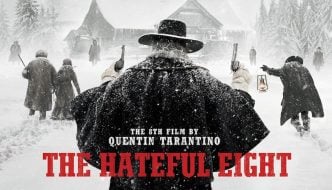
Comments